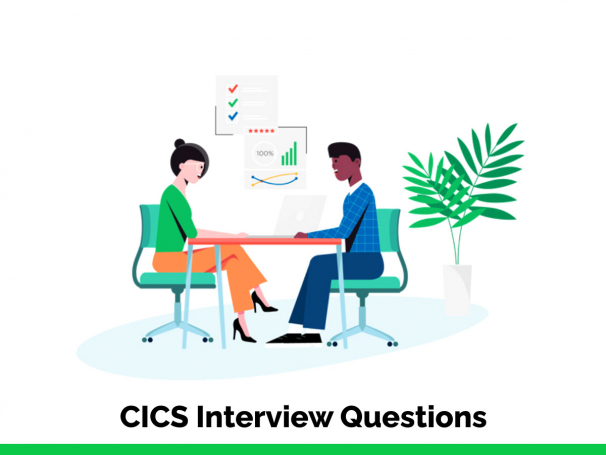CICS stands for Customer Information Control System. This type of control system is a mixed language application that helps to provide the online transaction of management of the IBM mainframe systems which is mainly under the OS software and the VSE. CICS is basically the type of middleware-designed application or software that is mainly designed to support rapid, high-level online transaction processes. This was initially released on the year July 8, 1969. CICS provides the services of replacing or extending operating systems. There are lots of CICS Interview Questions and answers that will really help you a lot.
CICS is written in many different varieties of programming languages. CICS is also used in the supplied languages to mainly interact with the resources that include the files, database connections, or terminals. CICS also controls all the transactions such as if in any case the transaction just fails then all the recoverable changes can be also backed out. The CICS also have the highest profiles because they are used in banks and insurance companies. So the following are some of the CICS Interview Questions and answers that you can follow.

